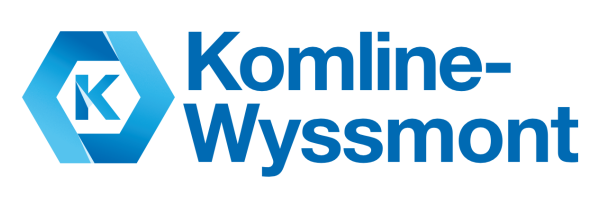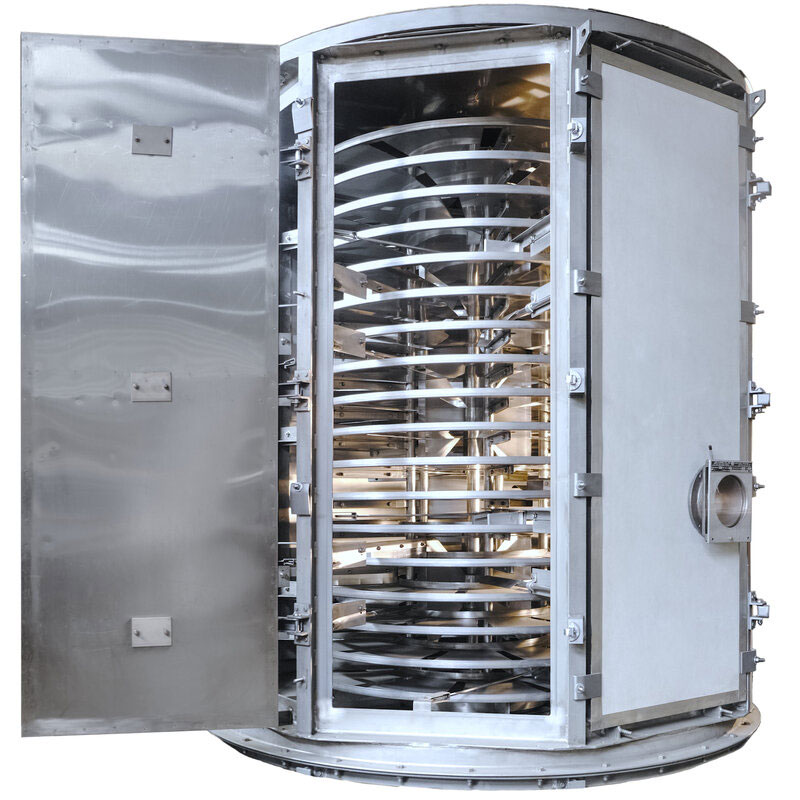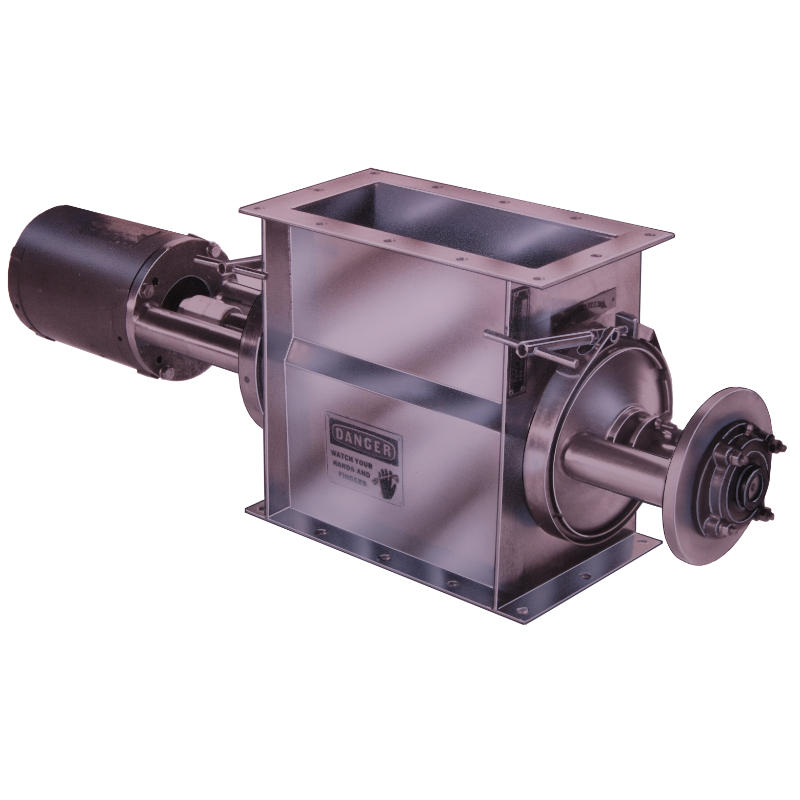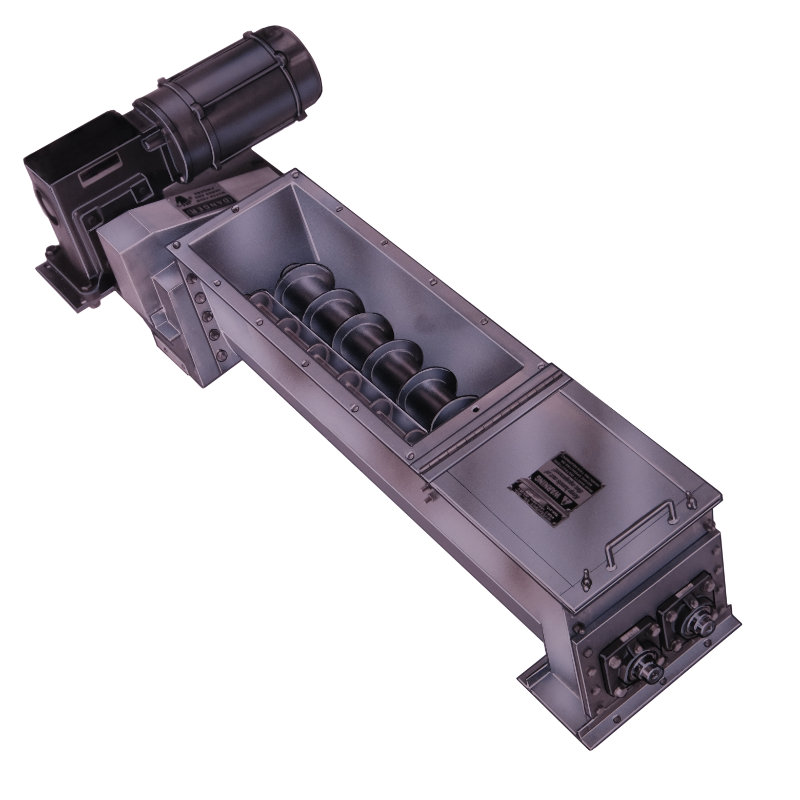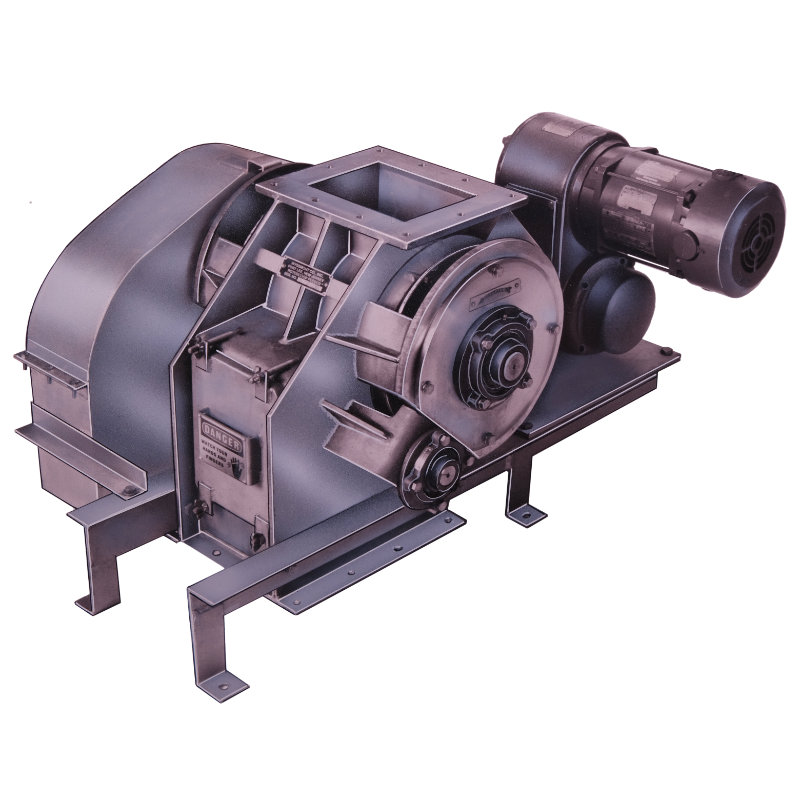History
Founded in 1932 by Arnold Weisselberg, Komline-Wyssmont has developed and refined the Turbo-Dryer® and related products into an industry standard for gentle, reliable drying. The company has customers and experience in the chemical, specialty chemical, pharmaceutical, mineral, food, and food additive industries. It specializes in complete packaged systems which run reliably and daily for decades.
Products
Capabilities
At Komline-Wyssmont, chemical and mechanical engineers collaborate to solve customer drying problems. This includes the company’s testing facilities, which have proven to be a valuable asset to hundreds of companies. Test drying equipment duplicates the action of a full-scale Turbo-Dryer® and allows for direct scale up to any production capacity. Only a few pounds of wet material are required for a test.
Lab testing is thorough and frequently reveals characteristics about the product which are new to the client. The client receives a complete test report with drying curve and air material temperature profiles, plus a sample of the dried product. Files are maintained on every product ever tested in Komline-Wyssmont’s equipment, which is often a key asset for new and returning customers alike.


